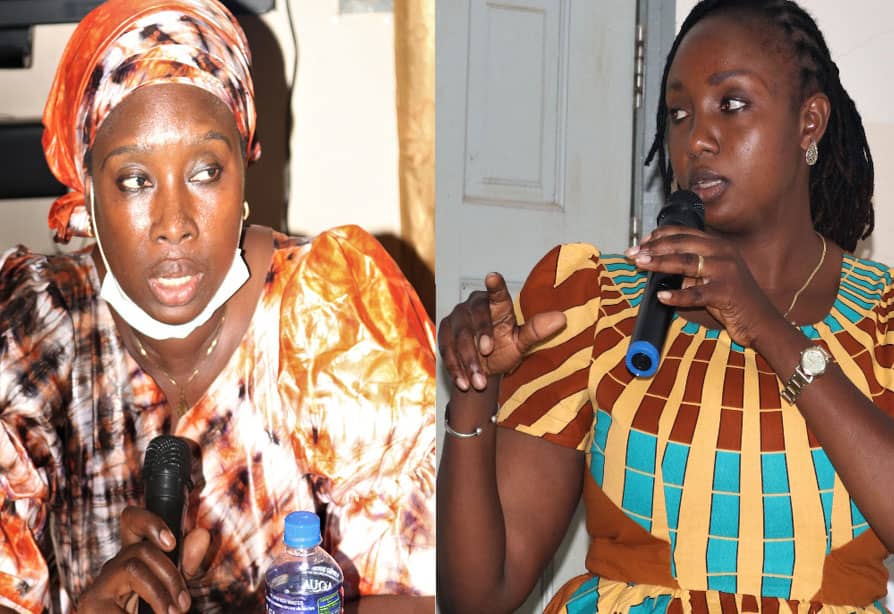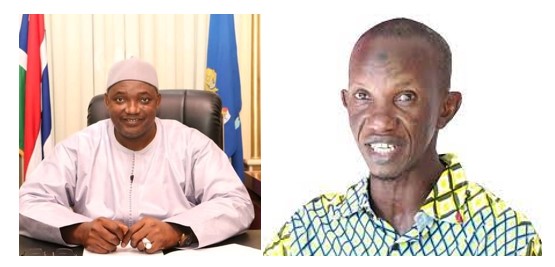By Yunus S Saliu
As concern about adolescent sexual and reproductive health has grown due to the unprecedented increase rates of sexual activity, early pregnancy and STIs, a health expert has urged the Ministry of Health (MoH) to develop a national adolescent sexual and reproductive health policy.
Dr Jainaba Sey-Sawo, Head of Department Nursing, University of The Gambia, advised the Ministry during her presentation at the daylong research findings dissemination meeting with members of health writers recently held at the Regional Education Office 1 Complex, Kanifing.
The research findings dissemination meeting was organized by the Ministry of Basic and Secondary Education (MoBSE) with the research team for the Comprehensive Health Education (CHE). The forum which brought together large numbers of health writers drawn from radio, television, online and print was used to discuss adolescent sexual and reproductive health (ASRH) issues under a project titled: Strengthening Access to Quality Comprehensive Health Education in The Gambia.
Strengthening Access to Quality Comprehensive Health Education in The Gambia is an implementation research project done by Ministry of Basic and Secondary Education with funding from International Development Research Center (IDRC), Canada.
Dr Sey-Sawo who made a comprehensive presentation on access to reproductive health information and services among adolescents in The Gambia described adolescent sexual and reproductive health (ASRH) as a global public health concern.
She outlined some challenges faced by adolescents which she said include early pregnancy and parenthood, difficulties accessing contraception and safe abortion, and high rates of HIV and sexually transmitted infections.
“The World Health Organization (WHO, 2021) defines adolescents as individuals between 10 and 19 years of age,” she stated.
She said among the burden of adolescents RH which include girls getting married before the age of 18 years and “90% of births to girls aged15-19 years occur within marriage and every year, estimated 21 million girls ages 15-19 years and 2 million girls under 15 years become pregnant in low income countries (UNFPA, 2015), while complications during pregnancy and childbirth is the leading cause of death for 15-19 years old girls globally (WHO, 2016).”
According to status of adolescents RH Indicators in The Gambia, age at first sexual intercourse and marriage, Dr Sey-Sawo disclosed that 10% of women begin sexual activity before age 15; 44% begin sexual activity before age 18; 24% of women give birth by age 18; the median age at first marriage for women age 25-49 years is19.4 years (GDHS 2019-20).
She explained further that teenage pregnancy and mother (15-19 years), “The GDHS 2019-20 results showed that 14% of adolescents had begun childbearing; 11% had given birth, 3% were pregnant with their first child; Percentage who have begun childbearing – Rural 20.2% and Urban 11.3% but teenage childbearing decreased from 18% in 2013 to 14% in 2019-20 and 29.3% 15-19 years (Married women) unmet needs for FP.”
The Doctor further discussed among other important topics which include gender based violence (GBV); domestic laws; barriers to accessing RHIS, strategies to improve access.
“Establishing and strengthening youth friendly centers, ASRH policy and school reproductive health programs are important steps to improve adolescents’ access to RH information and services and thus ensure a healthy and productive future adult population,” she suggested as she advised the relevant authorities.
Speaking on the CHE research findings, Ms Phebian Ina Grant-Sagnia, principal investigator of project for Strengthening Access to Quality Comprehensive Health Education for in-and-out of School Adolescents in Region I, The Gambia who is also a Principal Health Researcher Ministry of Health expounded on the subject at great length.





